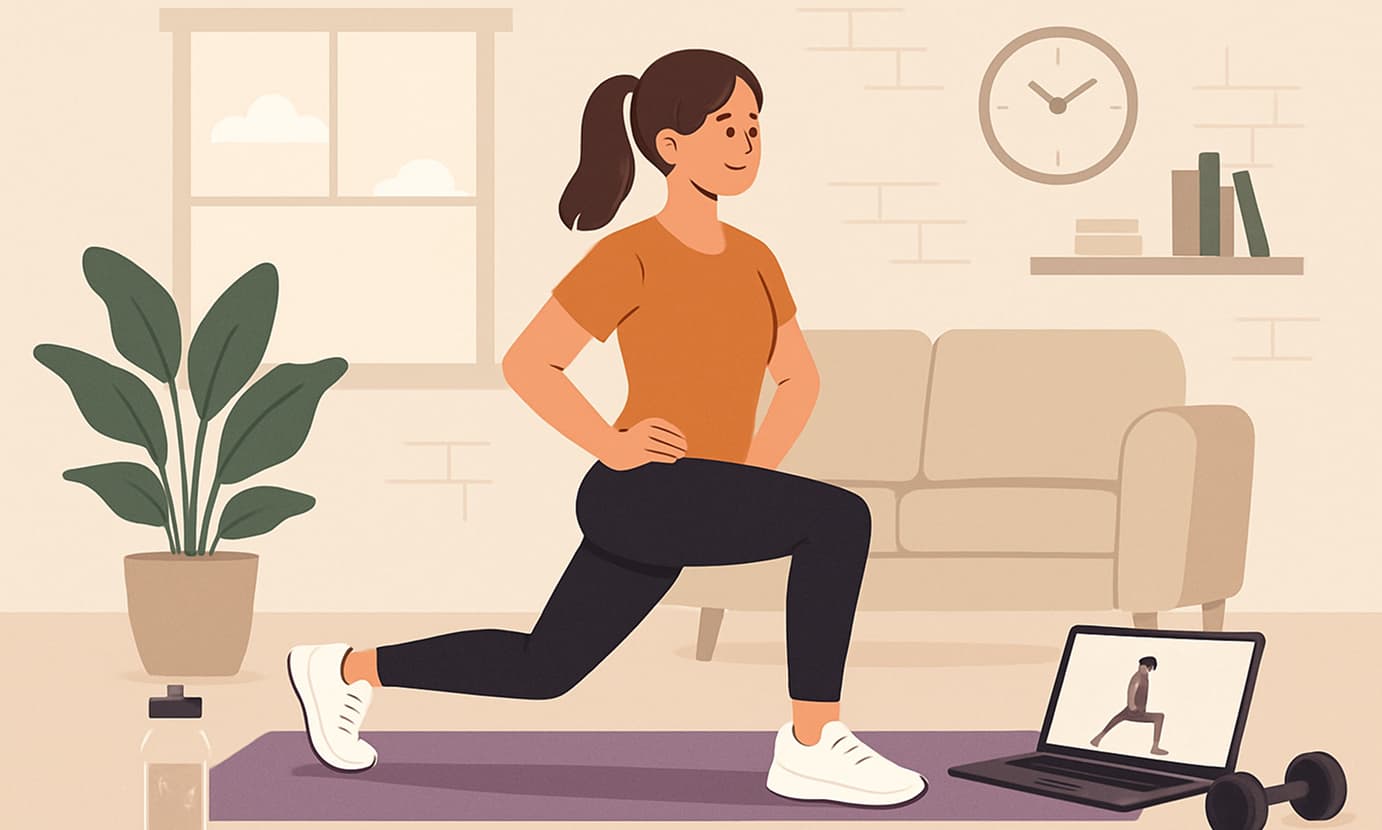Moving Bodies: How Exercise Has Been Portrayed in Art
From the marble statues of ancient Greece to modern sports photography, the human body in motion has always fascinated artists. Exercise—whether in the form of athletic training, martial discipline, or recreational sport—has been a recurring theme in visual culture for centuries. Each era has depicted movement differently, reflecting not only artistic styles but also society’s ideas about health, strength, and identity.
- Ancient Greece: Celebrating the Ideal Physique
Few cultures celebrated exercise more than ancient Greece, where athleticism was tied to philosophy, civic pride, and spirituality.
- Myron, Discobolus (Discus Thrower), c. 460 BCE – Perhaps the most iconic representation of athletic training, this marble statue captures a discus thrower in a moment of poised tension, embodying both physical power and idealized beauty.
- Greek red-figure vases – Depicting runners, wrestlers, and javelin throwers, these everyday objects reinforced the cultural importance of the gymnasium.
For the Greeks, exercise was a path toward kalokagathia—the harmony of physical beauty and moral virtue.
- Rome: Power and Spectacle
Roman art inherited much from Greece but shifted the focus from idealized beauty to power and public entertainment.
- Villa Borghese mosaics – Scenes of gladiators in combat highlight the grit and spectacle of Roman exercise culture.
- Pompeii frescoes of athletes – Show gymnastic training and games as both leisure and preparation for war.
While Greek art exalted harmony, Roman depictions emphasized endurance, dominance, and spectacle.
- Renaissance: The Humanist Body in Motion
The Renaissance revived classical ideals but infused them with new scientific curiosity.
- Leonardo da Vinci, Vitruvian Man (c. 1490) – This drawing explores perfect proportions and links bodily movement to mathematics and cosmic order.
- Michelangelo, David (1504) – Though not in motion, David’s tense posture suggests latent athletic energy, reflecting Renaissance ideals of potential and mastery.
Hunting, riding, and dancing scenes across Renaissance art linked exercise to grace, discipline, and human achievement.
- 18th and 19th Centuries: Sport and Society
As industrialization reshaped life, exercise shifted toward leisure and performance.
- George Stubbs, Whistlejacket (1762) – A powerful racehorse painted with lifelike precision, symbolizing aristocratic sport and control over nature.
- Edgar Degas, The Dance Class (1874) – Ballet rehearsals revealed the tension between elegance and the grueling discipline of training.
- Édouard Manet, Boating (1874) – Leisure rowing on the Seine reflects the rise of modern urban recreation.
Here, exercise became a marker of social identity, gender roles, and class privilege.
- Modernism and the Machine Age
The 20th century transformed depictions of exercise through abstraction, ideology, and the aesthetics of speed.
- Umberto Boccioni, Unique Forms of Continuity in Space (1913) – A bronze Futurist masterpiece showing a figure striding with mechanical energy, capturing motion itself.
- Soviet Constructivist posters (1920s) – Athletes were idealized as symbols of collective strength and political progress.
- Henri Matisse, La Danse (1910) – A circle of nude dancers embodies freedom, rhythm, and joy, contrasting with the rigidity of propaganda imagery.
Here, exercise became a metaphor for modern life—industrial speed, political strength, and human vitality.
- Contemporary Art: Sport, Identity, and Media
Today, exercise in art spans fine art, performance, and digital media.
- Annie Leibovitz, Athletes (1980s) – Portraits of sports icons present athletes as both cultural heroes and vulnerable humans.
- Howard Schatz, Athlete series (2002) – Dramatic photographs highlight the sculptural diversity of elite bodies, from gymnasts to sumo wrestlers.
- Performance artists like Marina Abramović – Use endurance, repetition, and physical strain as art, blurring exercise and performance.
- Street murals of runners and cyclists – Celebrate urban vitality while critiquing consumerism and body culture.
In the age of Instagram, the line between exercise as lifestyle and exercise as art has almost disappeared.
Conclusion: More Than Just Movement
From Myron’s discus thrower to Boccioni’s Futurist strider and Degas’ ballerinas, depictions of exercise reveal far more than the mechanics of the body. They reflect how societies value health, strength, leisure, and identity.
- In Greece, exercise symbolized harmony.
- In Rome, spectacle.
- In the Renaissance, humanist mastery.
- In modernism, speed and ideology.
- In contemporary culture, self-expression and critique.
Art’s portrayal of exercise, then, is not just about movement—it is about what movement means. And just as our ways of exercising evolve, so too will the ways artists capture the timeless beauty of the human body in motion.

